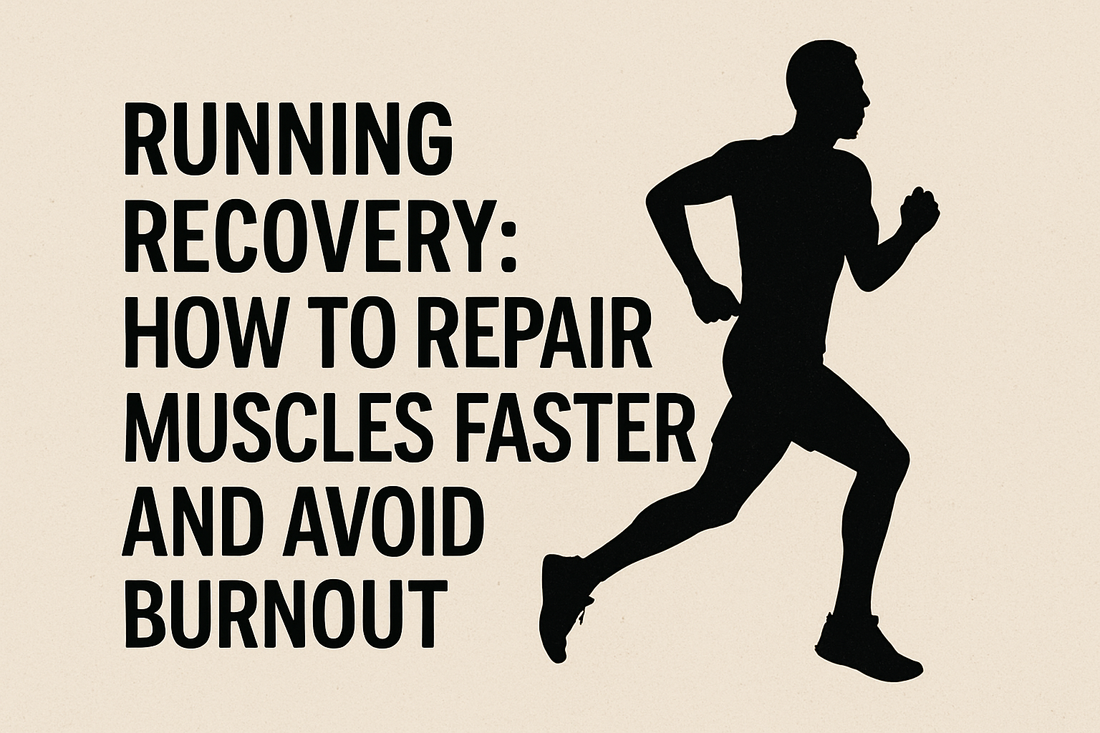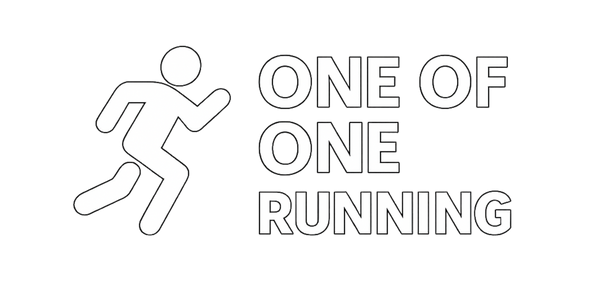
Running Recovery: How to Repair Muscles Faster and Avoid Burnout
Share
Running makes you stronger. But only if you let your body recover properly.
Most runners think progress comes from the training itself. In reality, the true gains happen during recovery. If you’re constantly tired, sore, or stuck at the same level, chances are your recovery game needs work.
First rule: sleep is your number one recovery tool. No fancy gadgets or supplements can replace 7–9 hours of solid, quality sleep. Deep sleep is when your body repairs muscles, replenishes energy stores, and balances hormones.
Second, refuel smart. Within an hour after a run, eat something that combines protein and carbohydrates. Protein repairs muscle damage; carbs restock your energy. Think simple: a smoothie, a sandwich, a yogurt with fruit. Don’t overcomplicate it.
Third, active recovery beats complete rest. On your “off” days, do light movement—walking, cycling, mobility exercises. Gentle activity boosts blood flow and speeds up muscle repair better than lying on the couch all day.
Fourth, stretching and foam rolling help a lot more than you think. Stretching keeps your muscles flexible, while foam rolling releases tight spots and improves circulation. Spend 5–10 minutes after your runs on these basics. Your body will thank you.
Fifth, don’t ignore hydration and electrolytes. Recovery isn’t just about muscles—it’s also about your cells working efficiently. Water is critical, but if you sweat a lot or run in heat, replace electrolytes too.
And finally, listen to your body. If soreness lingers more than 2–3 days, or you feel constant fatigue, it's not "weakness"—it's a warning. Scale back. Sometimes the smartest training move is rest.
Recovery isn’t a luxury. It's part of training. Smarter recovery = faster progress.
If you want a full guide on how to train smarter, recover faster, eat better, and avoid injuries, check out my e-book. Plus, get exclusive discount codes for recovery gear that actually works.
